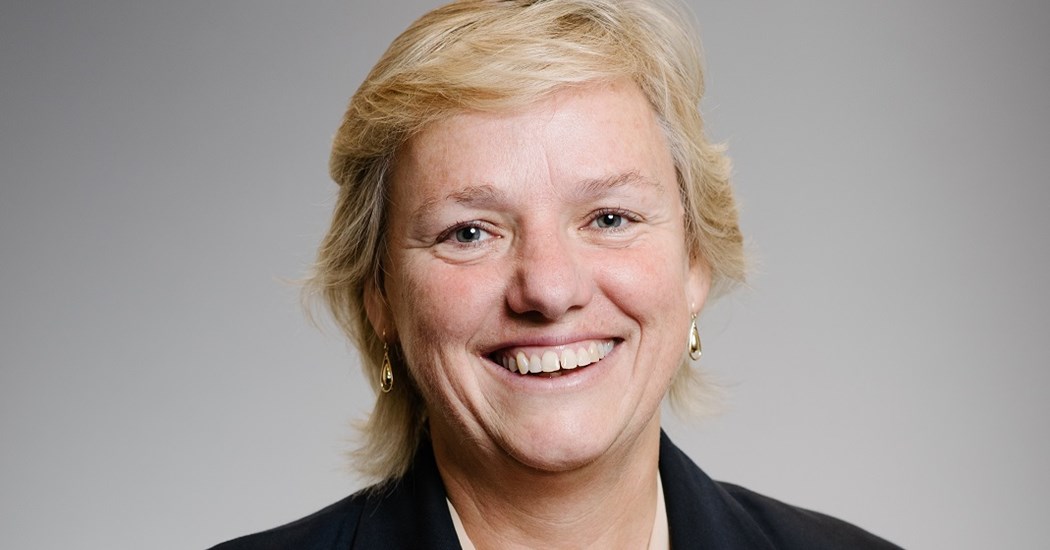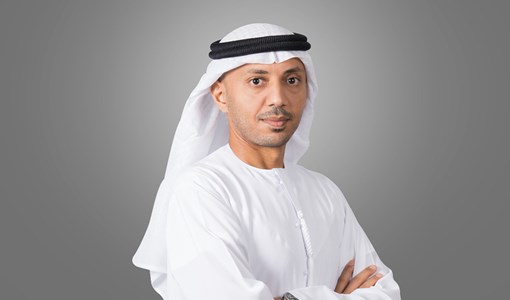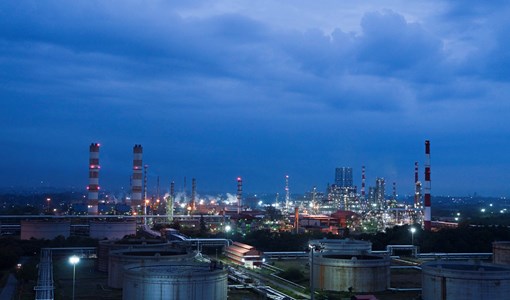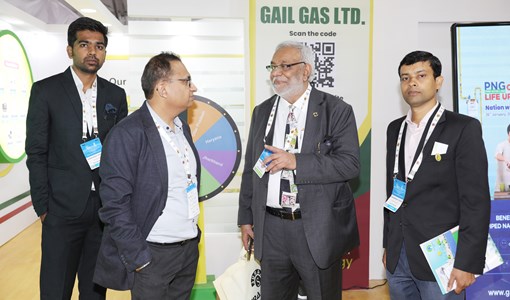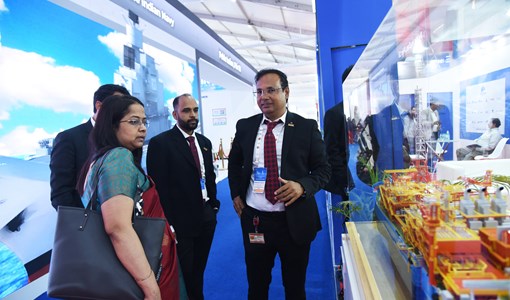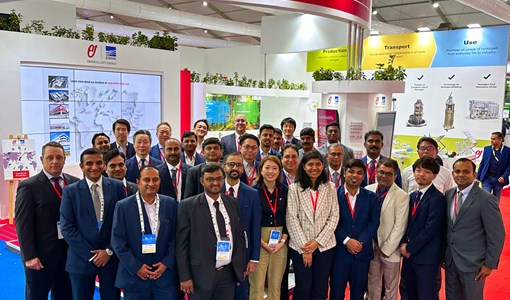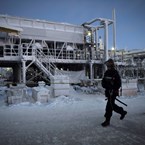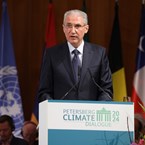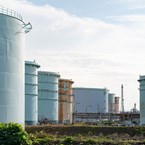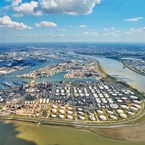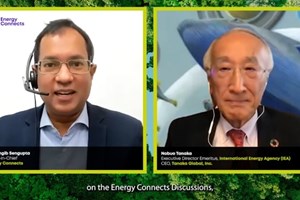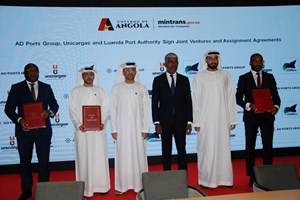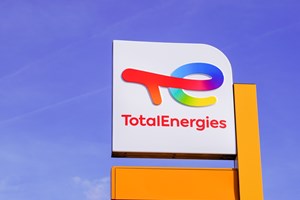Digitalisation bringing in a new wave of technologies
Anne-Marie Walters, Industry Marketing Director, Oil & Gas and Process and Manufacturing at Bentley Systems speaks about delivering on the digitalisation promise and bringing digital twin and AI together
How can a digital twin enhance efficiency and boost productivity in the energy sector?
A digital twin is a digital representation of a physical asset, process, or system, as well as the information that allows us to understand and model its performance. Typically, a digital twin can be continuously synchronised from multiple sources, including sensors and continuous surveying, to represent its near real-time status, working condition or position. In the energy sector, digital twins are used to optimise the operation and maintenance of physical assets, systems, and manufacturing processes.
An excellent current example is Shell Chemical’s use of a digital twin on a very large construction project in Pennsylvania. Shell is capturing a digital twin using reality modelling of the plant as it is being constructed on a twice weekly basis. The construction team and other stakeholders use the digital twin to monitor progress and identify issues. They are also capturing the twin of the asset as it is being constructed for downstream use during operations and maintenance – for example they are capturing all of the underground utilities.
Also, how is Bentley systems resolving the challenges of working with Digital Twins and AI?
Bentley is focused on creating, delivering and managing the digital twin of infrastructure assets to provide trustworthy information to operators, maintainers and engineers on which they can base their decisions. Through our advanced engineering modeling applications, such as reality modeling that creates accurate engineering reality models of existing facilities from digital photography, we deliver photo-realistic 3D simulations that teams can interrogate and view. We are constantly adding new technologies to make the lives of engineers, operators and maintainers easier. One of the most recent advances currently being tested in the field by early adopter users, is the use of machine learning to automatically identify assets (such as pieces of equipment, pipes, gauges and so on) or conditions (such as rusts, cracks etc.) in the reality meshes. With this value, reality meshes can be linked to maintenance or inspection work order systems, providing a richer context so users can better understand their tasks.
These days artificial intelligence is the subject of intense interest in the oil and gas industry, could you please ponder your opinion on the same?
Indeed, there are many digitalisation initiatives in the oil and gas industry that are leveraging artificial intelligence (AI) or machine learning (ML). With sensors being added to everything and collecting information, companies are looking to make sense of the vast quantities of information coming in, and with the explosive growth of mobile technologies, they are looking to get actionable intelligence to the people on site or in the field. AI and ML offer ways of handling this huge amount of information to identify trends and provide insights to make better informed decisions that improve performance, safety, and resilience of plants. In particular, predictive maintenance is a use of machine learning that is being adopted in the industry. Bentley’s AssetWise Reliability solution uses machine learning to add this predictive capability and enhance its functionality supporting a risk-based approach to maintenance and inspections. Once a company has moved from a reactive to a proactive approach to maintenance, the next step is to use predictive maintenance to improve processes yet further.
Can you share an example of how oil and gas companies are “going digital” in the region?
One of our users, Oman Gas Company S.A.O.C. implemented an asset performance solution for Reliability Management at Al-Khuwair, Muscat.
Oman Gas company transmits and distributes gas to 4.4 million people and most of the area’s key economic industry facilities. To ensure consistent availability of its product, the company developed a reliability and integrity program based on a digitalised, automated framework, reducing human intervention and improving resource effectiveness. The company needed a single common platform for reliability, integrity management, and maintenance for its assets, which are widely spread across Oman.
The organisation digitalised, automated, and compiled all reliability and integrity data and management tasks into one connected data environment. The software consolidates and analyses all inspection and condition monitoring data from manual and IoT sources providing visibility to condition degradation trends and critical health parameters, reducing the number of breakdowns. The system calculates reliability and availability for each asset and generates automated weekly reminders to ensure timely corrective action of root cause analysis recommendations. This digitalised system has reduced failures and improved reliability performance by 9 per cent, representing significant value to the company.
KEEPING THE ENERGY INDUSTRY CONNECTED
Subscribe to our newsletter and get the best of Energy Connects directly to your inbox each week.
By subscribing, you agree to the processing of your personal data by dmg events as described in the Privacy Policy.

Chevron helping drive Egypt’s journey to become Africa’s energy powerhouse
Mar 11, 2024
Energy Workforce helps bridge the gender gap in the industry
Mar 08, 2024
EGYPES Climatech champion on a mission to combat climate change
Mar 04, 2024
Fertiglobe’s sustainability journey
Feb 29, 2024
P&O Maritime Logistics pushing for greater decarbonisation
Feb 27, 2024
India’s energy sector presents lucrative opportunities for global companies
Jan 31, 2024
Oil India charts the course to ambitious energy growth
Jan 25, 2024
Maritime sector is stepping up to the challenges of decarbonisation
Jan 08, 2024
COP28: turning transition challenges into clean energy opportunities
Dec 08, 2023
Why 2030 is a pivotal year in the race to net zero
Oct 26, 2023Partner content

Ebara Elliott Energy offers a range of products for a sustainable energy economy

Essar outlines how its CBM contribution is bolstering for India’s energy landscape

Positioning petrochemicals market in the emerging circular economy

Navigating markets and creating significant regional opportunities with Spectrum


